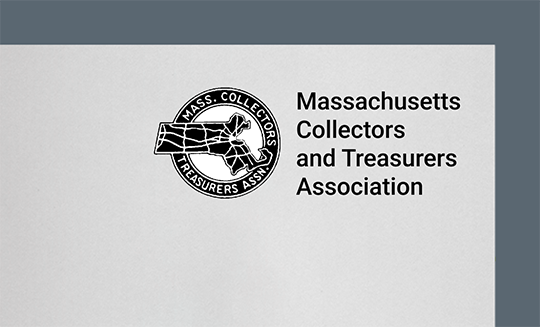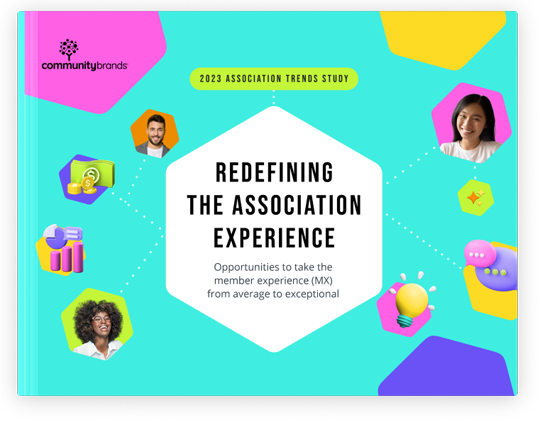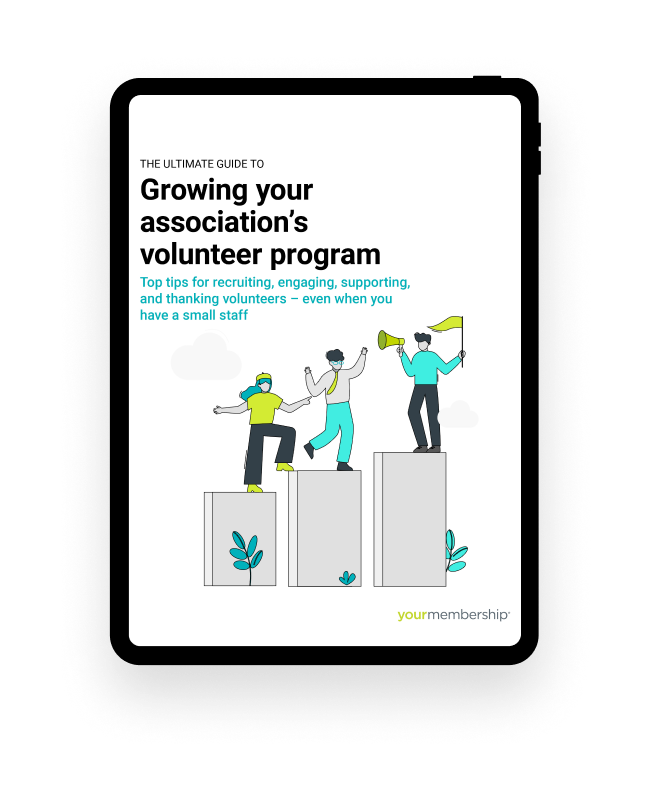Your association’s volunteer program might be brand new. Or maybe your existing volunteer program needs a boost. Either way, evaluating it is key to success.
Gathering feedback through a volunteer survey can give you helpful insights into what your volunteers want. But it’s also important to regularly take time to reflect on your volunteer program. After all, your members’ needs change over time, and your volunteer program should evolve as well.
Five things to consider when evaluating your association’s volunteer program
What’s the best way to evaluate your association’s volunteer program? A good place to start is to ask yourself questions about key aspects of the program.
Here are five areas to consider when evaluating your volunteer program:
1. Volunteer skill sets
Your volunteers might have skill sets that you aren’t putting to full use. Take a moment to reflect on these aspects of your volunteer program:
- Are our volunteer opportunity descriptions clear? They should identify the specific skills and attributes needed to help attract the right people for each volunteer position.
- Does our volunteer program have multiple well-defined levels of engagement? Volunteers should be able to choose the specific types of opportunities that match their skill sets, personal and professional volunteering goals, and time commitment required. Giving them multiple options to choose from helps ensure they can choose the opportunities that align with their goals, schedules, and expertise.
2. Communications for volunteer recruitment
Volunteer recruitment communications should address your prospective volunteers’ needs. They should target the right people with the right message and opportunities at the right time.
Something to think about: According to the report Mutually Beneficial Volunteerism from ASAE Research Foundation, 60 percent of non-volunteer survey respondents reported that they had thought about volunteering. When asked why they didn’t volunteer, 44 percent said they didn’t know what volunteering entailed. This research suggests that building the right recruitment communications can make a big difference in optimizing your volunteer program.
Here are some questions to ask yourself:
- Are we targeting the right people for the right volunteer opportunities? Think about which members likely have the time, skills, and traits required for each volunteer position. You might consider sending a volunteer interest survey and, based on responses, see if there are specific groups that might be more interested and better suited for specific volunteer opportunities and send them a special version of your email that emphasizes those opportunities.
- Are our messages compelling? Do they convey what volunteering will do for the volunteer, such as teaching them a skill, having fun, and meeting people? Are your text and graphical elements clear, simple, and attractive? Could you be adding other compelling content, such as volunteer testimonials?
- Are we using the right communications channels? Are you optimizing how and when you use websites, your online member community, blog articles, social media, targeted email campaigns, information sessions, videos, and personal asks to get the right messages to the right people?
3. Volunteer orientation and training
In a successful volunteer program, volunteers have the information they need to perform their duties well, feel confident while performing their tasks, and have a positive overall experience.
Here are some things to ask yourself:
- Do we provide appropriate volunteer on-boarding? The more they understand about how your organization and volunteer program work, the more volunteers will be able to contribute. New volunteers must understand how your association is organized. They also need to understand any committee roles and expectations.
- Do we provide the right volunteer training? Beyond giving them the basics about how everything works, remember that your volunteers may be in roles that have nothing to do with their day-to-day work. They may need (and appreciate!) training in areas such as public speaking, technical writing, social media, or office technology. If they are in leadership roles at your organization, they might also require leadership training.
4. Volunteer engagement and support
Engaging with and supporting volunteers is critically important. You don’t want them to feel lost or frustrated and then resign from their volunteer positions.
Here are some questions to ask yourself:
- Are we engaging with volunteers regularly? Proactively keeping the lines of communication open and meeting with volunteers regularly give you the chance to ask volunteers about any questions or concerns they may have. It also helps to ensure they feel more engaged with the organization.
- Are we providing the right amount of support? Beyond listening to their needs and concerns, be sure to provide volunteers with guidance and offer them the tools they need to meet the requirements of their volunteer position.
5. Gratitude
Volunteering can sometimes seem like a thankless job. It only takes a small effort to say “thank you,” but it helps to provide your volunteers with a great experience.
Consider these questions in your self-assessment:
- What more could we be doing to say “thank you”? You can show volunteer appreciation in multiple ways. You can thank them directly through a handwritten note or phone call. Or maybe you would like to publicly thank your volunteers through a headline in the quarterly newsletter or on social media, for example. These praises not only recognize volunteers, but can also encourage others to join in.
- Are we thanking all volunteers? All volunteers should be acknowledged: from members of committees and project teams to task forces and working groups to advisory boards, judges, reviewers, and organizers.







